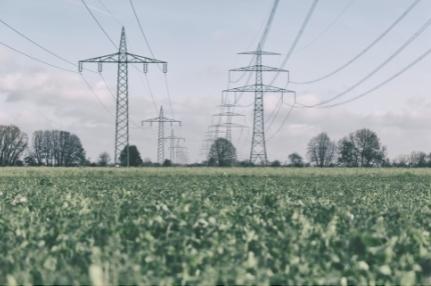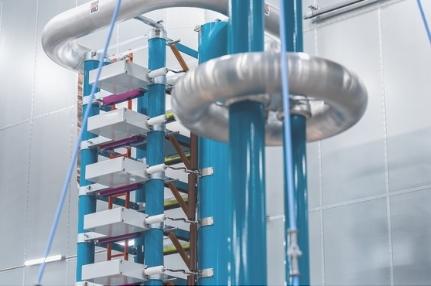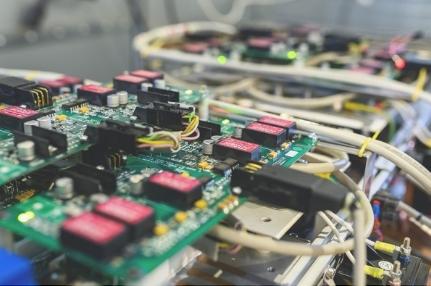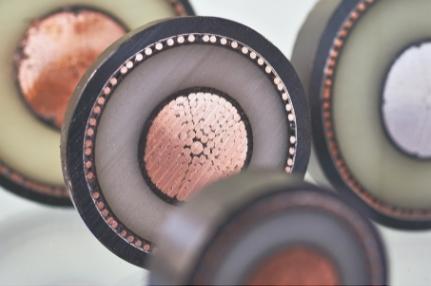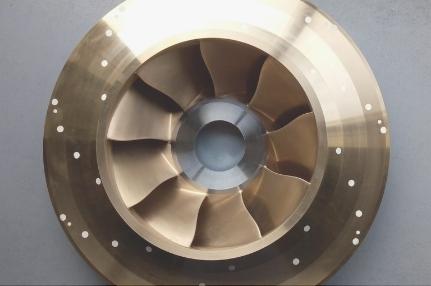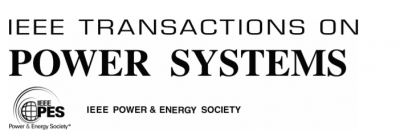Recherche & collaboration
Qu’est-ce qui nous rend unique ?
SuperGrid Institute doit son succès aux personnes qui composent nos différents départements de recherche. Nos équipes viennent d’horizons divers, tant industriels qu’universitaires, et la richesse de leur expérience et de leurs compétences rend l’Institut unique.
Chaque personne apporte une expertise spécifique et ce vivier de connaissances offre aux spécialistes de différents domaines la possibilité de collaborer sur des solutions innovantes pour résoudre des problèmes techniques.
L’Institut bénéficie d’étroites relations de collaboration avec des acteurs de l’industrie et des institutions académiques. Alors que les forces complémentaires de nos partenaires apportent des éclairages et des approches innovantes aux défis techniques, nous développons nos départements de recherche en toute indépendance. Des investissements conjoints publics-privés et des projets de collaboration financent le travail.
Les installations de recherche, les plateformes de test et les laboratoires de pointe de SuperGrid Institute sur les sites de Villeurbanne et de Grenoble sont la clé du succès de nos départements de recherche.
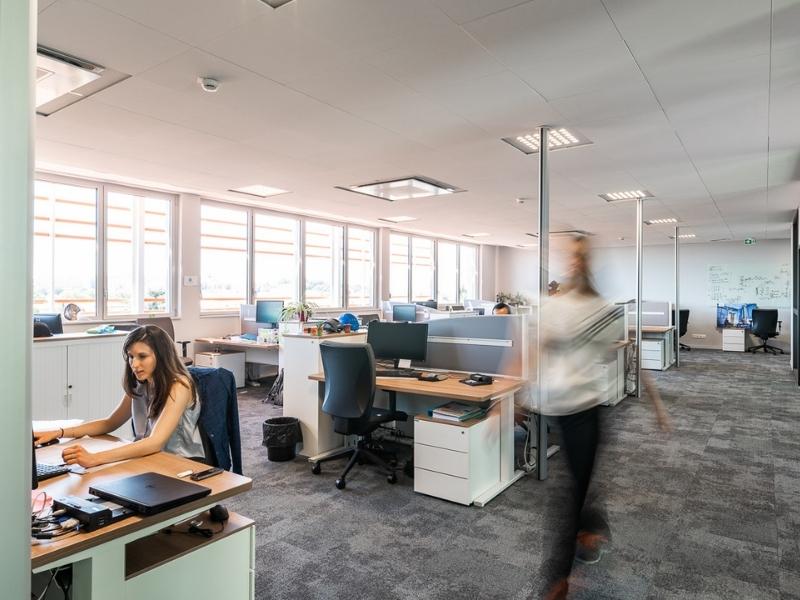
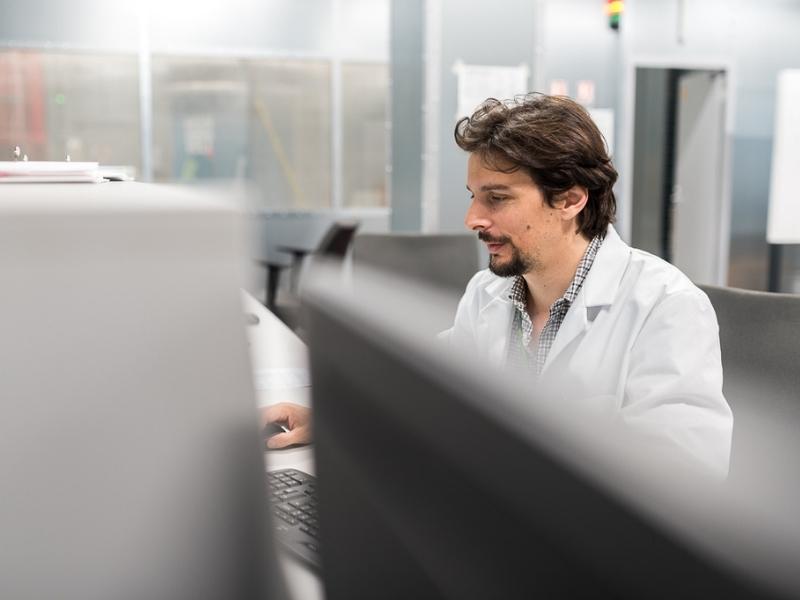
Nos dernières publications scientifiques
Pre-energization concept for overhead lines in MTDC grids using DC Circuit Breakers internal capacitor
This paper proposes an auxiliary circuit for mechanical type DC Circuit Breakers which enables to use the internal energy of the DCCB capacitor for the line pre-energization.
Modified Preisach model of hysteresis in multi air gap ferrite core medium frequency transformer
This article presents the modified Preisach model of hysteresis for a 3-phase medium frequency transformer in a 100 kW dual active bridge converter.
A Novel Distributed Supplementary Control of Multi-Terminal VSC-HVDC Grids for Rotor Angle Stability Enhancement of AC/DC Systems
A distributed supplementary control for embedded Multi-Terminal VSC-HVDC Grids to enhance the transient stability of the surrounding AC grid.


